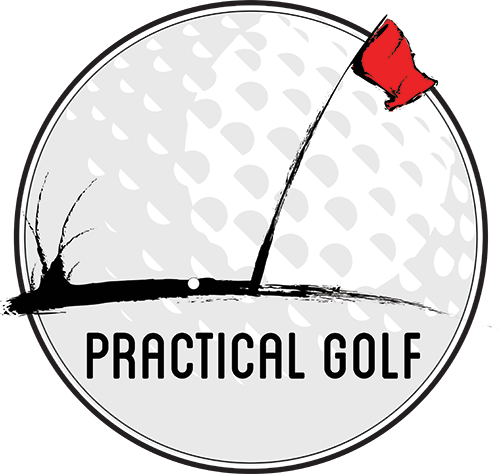I don’t know if this is an early-release fix drill, but an excellent one for ensuring I don’t have the feel of starting my lower body too early is the “Countertop” drill of Monte Scheinblum. (I know the lower body actually does move first in the downswing; this drill is to reinforce proper sequence of its movement.) In the process, my release is much later.
Basically, take your backswing, shift and transition, and start your downswing. At P6, so, wrists still cocked, hands coming down and just away from your right thigh, shaft parallel ish to the ground: Stop. Just like you’re resting the club on a knee high-ish countertop.
Then, try to hit the ball with releasing the wrist cock, and really trying to rotate by pushing your pressure from left toe to left instep / heel. IOW, you’re trying to rotate your body, send your hands out and around, while pulling up, and trying to hit the ball.
It doesn’t matter if you hit the ball. You likely won’t, and your strike will be garbage. That’s fine. The point of the drill is to combine rotation, hands striking through the ball, and pulling up…and doing all that only when your right arm has reconnected to your torso and lost the right arm angle. Then, you stomp on the gas with left leg pressure, right hand trying to slap the #÷ out of the ball, and rotation.
That drill has really helped me stay in sequence, with a lot of force being applied—I have found I unintentionally grunt sort of like Monica Seles these days—yet all the moving parts in front of me and in balance.
Learn how your ground pressure is supposed to move in the full swing, and learn how your hips should move. AMG’s video is excellent for that.
Extremely counterintuitive motion.


 What do you think Bob Jones’ swing would do with todays ball and equipment! I say He’d be similar to John Daly, with that long flowing swing! I just love stuff like this… real interesting stuff!
What do you think Bob Jones’ swing would do with todays ball and equipment! I say He’d be similar to John Daly, with that long flowing swing! I just love stuff like this… real interesting stuff!